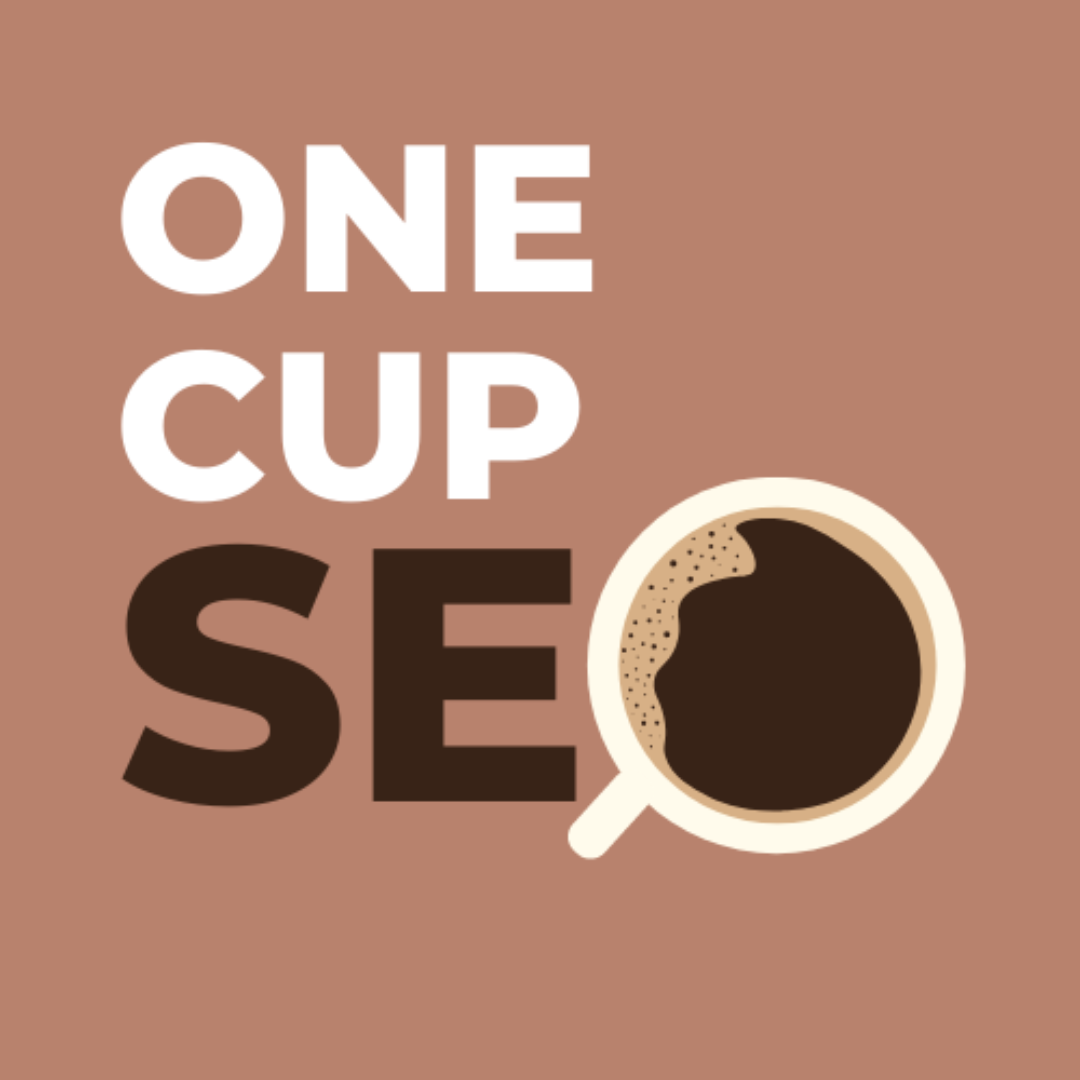Bounce rate is a crucial metric that indicates how many visitors leave your site after viewing only one page. A high bounce rate can signal that your website isn’t meeting visitor expectations or providing a good user experience. Let’s explore effective strategies to lower your bounce rate and keep visitors engaged.
1. Enhance Page Load Speed
A slow-loading page is often the first reason visitors bounce.
Key actions:
- Aim for a loading time under three seconds
- Optimize images and minify CSS/JavaScript
- Leverage browser caching
- Consider using a Content Delivery Network (CDN)
Remember, every second counts when it comes to retaining visitors.
2. Optimize for Mobile
With a significant portion of web traffic coming from mobile devices, a mobile-friendly site is non-negotiable.
Steps to take:
- Implement responsive design
- Ensure text is readable without zooming
- Make buttons and links easily tappable
- Test your site on various mobile devices
A seamless mobile experience can significantly reduce bounce rates from smartphone users.
3. Improve Content Quality
High-quality, relevant content is key to keeping visitors on your site.
Content improvement strategies:
- Use engaging headlines and subheadings
- Break up text with clear formatting (bullet points, short paragraphs)
- Include multimedia elements (images, videos, infographics)
- Ensure content meets the needs and expectations of your target audience
Remember, content is king when it comes to engaging visitors and reducing bounce rates.
4. Utilize Exit-Intent Popups
Capture the attention of users who are about to leave with strategically timed popups.
Effective exit-intent strategies:
- Offer special deals or discounts
- Invite users to subscribe to your newsletter
- Present a survey to gather feedback
- Suggest related content they might find interesting
While popups should be used judiciously, they can be effective in re-engaging users who are about to bounce.
5. Refine Your Targeting
Ensure you’re attracting the right audience to your site.
Ways to improve targeting:
- Align your marketing messages with your site content
- Use accurate meta descriptions and title tags
- Create targeted landing pages for different audience segments
- Refine your ad targeting on platforms like Google Ads or social media
Attracting the right visitors increases the likelihood they’ll find your content relevant and stay longer.
6. Simplify Navigation
Make it easy for visitors to find what they’re looking for on your site.
Navigation improvement tips:
- Use clear, descriptive labels for menu items
- Implement a logical site structure
- Include a search function
- Use breadcrumbs to help users understand their location on your site
An intuitive navigation structure encourages exploration and reduces frustration-induced bounces.
7. Use Clear Calls to Action (CTAs)
Guide your visitors on what to do next with clear and compelling CTAs.
CTA best practices:
- Use action-oriented language
- Make CTAs visually prominent
- Ensure CTAs are relevant to the page content
- Test different CTA placements and designs
Effective CTAs can guide users to explore more of your site, reducing bounce rates.
8. Conduct User Surveys
Sometimes, the best way to understand why users are leaving is to ask them directly.
Survey strategies:
- Use exit-intent surveys to catch users before they leave
- Implement on-site feedback tools
- Send follow-up emails to recent visitors
- Ask specific questions about user experience and content relevance
User feedback can provide invaluable insights for improving your site and reducing bounce rates.
9. Monitor Analytics
Regularly analyze your website data to identify problem areas and track improvements.
Key metrics to monitor:
- Bounce rates for individual pages
- Time on page
- User flow through your site
- Exit pages
Use these insights to focus your improvement efforts where they’re needed most.
10. A/B Testing
Continuously test different elements of your site to see what resonates best with your audience.
Elements to A/B test:
- Page layouts
- Content types and formats
- CTA designs and placements
- Headlines and subheadings
A/B testing allows you to make data-driven decisions to improve user engagement and lower bounce rates.
Conclusion: A Multi-Faceted Approach to Reducing Bounce Rates
Lowering your bounce rate requires a comprehensive approach that addresses various aspects of user experience and content quality. By implementing these strategies – from improving page load speed and mobile optimization to refining your content and conducting user surveys – you can create a more engaging website that encourages visitors to stay longer and explore further.




